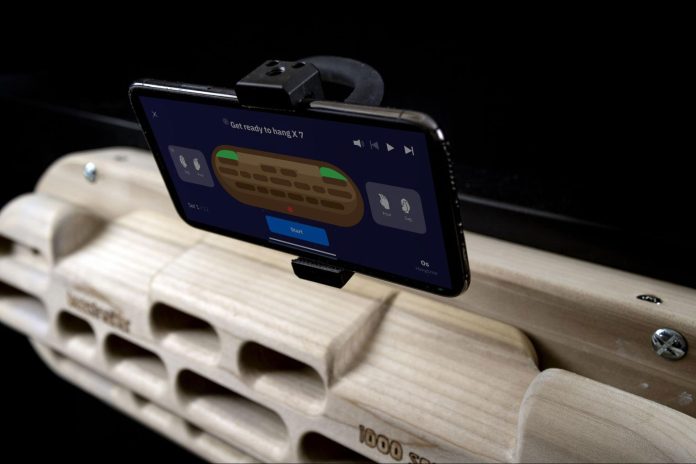For climbers, the relentless pursuit of improvement can be a lifelong obsession. We’re constantly seeking ways to push our limits and work on our weaknesses. This dedication has driven innovations in training methods, climbing gear, and our understanding of the movements that define “good technique”—from finger positioning to footwork and everything in between.
We also understand that strength, power and endurance underpin physical performance and are starting to arrive at a consensus around the best ways to train for these muscular abilities. However, there’s a hidden dimension, a world that examines and understands how we put our physical capability into action. This world is biomechanics: the fascinating study of how our bodies move and interact with the forces at play during climbing. When it comes to improvement in climbing, biomechanics plays a crucial role, and so do the tools that help us measure it.
Introducing Motherboard: A Platform for Data-Driven Insights
Griptonite, a leader in climbing technology, engineered in 2023 the Motherboard—an innovative load cell system that’s expanding the landscape of climbing research—with that idea in mind. Motherboard users can mount any Beastmaker hangboard—a two-time winner of the Favorite Hangboard award in CBJ’s Grip List Survey—onto the system. The companion app Grippy then allows users to either benchmark themselves or complete a workout. Benchmark measurements can be done on each hold type (sloper, crimp, etc.), and users can obtain a left-right bias score as well as compare their results on a leaderboard. The workout function allows users to measure exactly how much of “that 7-second hang” was actually completed. However, possibly the most interesting feature of the Motherboard is the Free Hang mode. This feature gives users direct access to the raw data and allows them to experiment with their own test protocols and analysis.
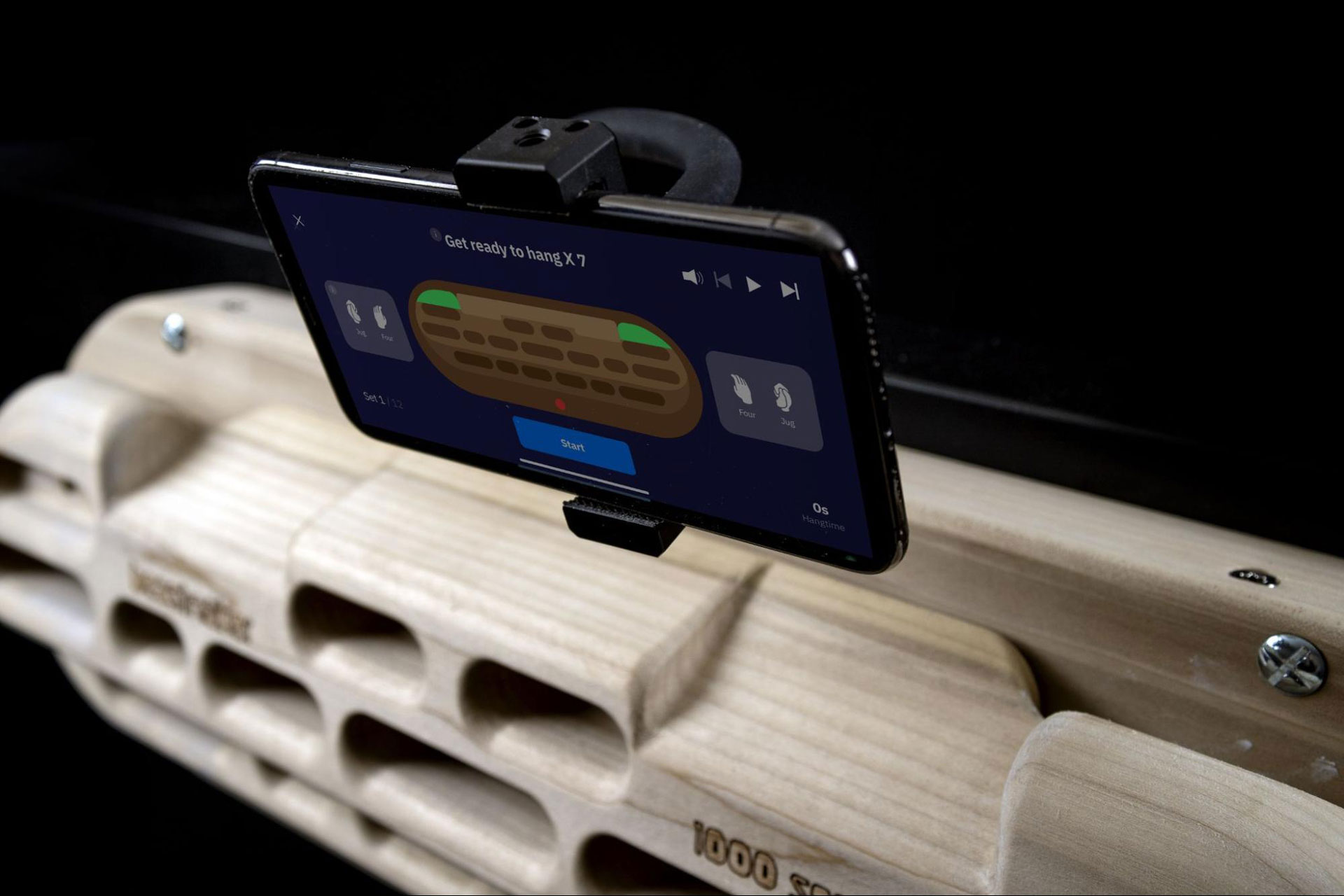
Typically, the Motherboard has been leveraged for upper body training, but its capabilities don’t stop there. Recently, the platform was used for research into the biomechanics around climbing shoes, potentially paving a fresh path to assessing climbing shoe size and fit from an analytical perspective.
A Motherboard Case Study: Examining Climbing Shoe Biomechanics
Unless your name is Charles Albert, climbing shoes are arguably the one necessary bit of climbing apparel across all the climbing disciplines, connecting our feet to the wall. They are meticulously crafted to amplify our ability to exert force on even the tiniest or most frictionless of surfaces, while at the same time transmitting micro feedback that enables us to feel the friction. But how do these specialized shoes, often characterized by their tight fit and aggressive design, influence the complex movements of our feet?
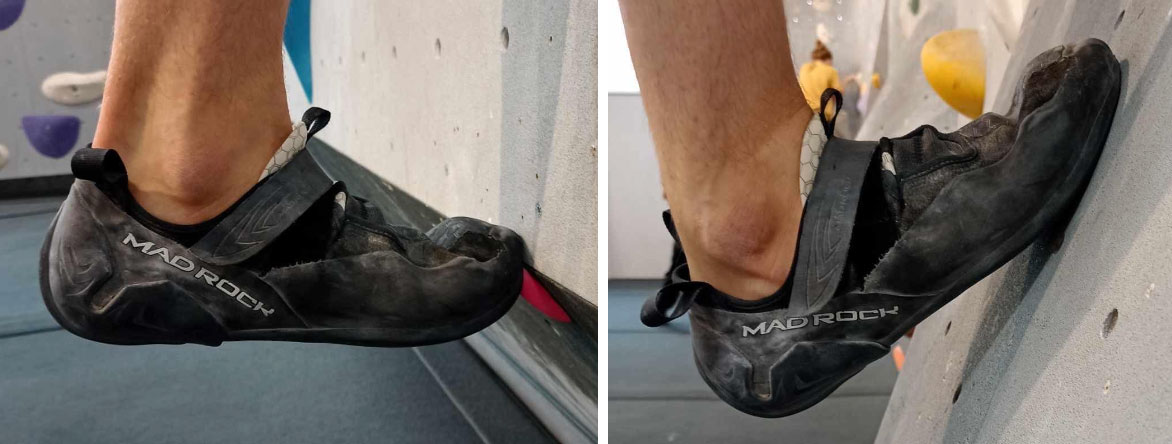
For years, shoe designers have understood that the interphalangeal (IP) and metatarsophalangeal (MTP) joints are key to the equation. They go to great lengths to ensure these joints are at the optimal angle and held in the right position. Footwear designers understand that optimal design will allow us to edge and smear precisely as well as comfortably, reducing the risk of injury. However, we are often largely on our own when it comes to choosing the right size, brand and model for this specialized footwear, basing decisions more on feel and color than a statistical approach.
This point is where researchers at KTH University in Sweden got interested. They understood the theoretical importance of a climbing shoe’s size and fit but were unsure about the magnitude of the difference it made. When they saw the “Free Hang” mode on the Motherboard, they were curious to know if the equipment could be used in a “vertical force plate” configuration. They also wanted to measure the foot when in motion and understand the role of both shoe size and fit. These factors are impacted by the wear and tear as well as the size and model of a climbing shoe, which impacts the IP and MTP joints. In short, the KTH researchers were curious to understand the biomechanical impact of these variables—the ability to translate the force generated by our bodies into upward movement.
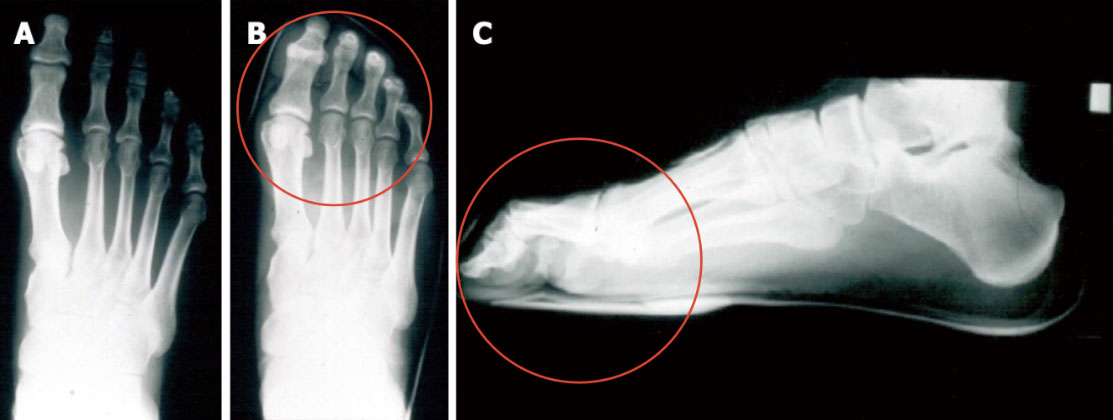
Measuring a Climbing Shoe in Use: Can It Be Done?
In preparing the unique study, the first task was to ensure the Motherboard was up to the job and that the custom mounting would not impact the equipment’s ability to make error free measurements. The research team also had to establish and standardize a test protocol that was simple to do, representative of actual climbing movement, and robust against spurious measurements. In assessing the Motherboard’s ability to serve as a research tool here, both precision (the measure of how close multiple measurements of the same thing are to one another) and accuracy (the measure of how close a measurement is to the true value) were key.
The research team’s findings were that, after some calibration, the Motherboard was highly accurate and precise at the range needed to understand the subtle effects under investigation. Furthermore, a simple “step up” protocol used in other studies was both representative of edging motion forces common to climbing as well as robust against mis-execution.

As a second step, it was necessary to understand the readings from the equipment. For this part of the research, a specially constructed shoe provided by Mad Rock was used. This shoe was constructed from a transparent material that allowed a good side view of the foot and its position within the shoe.
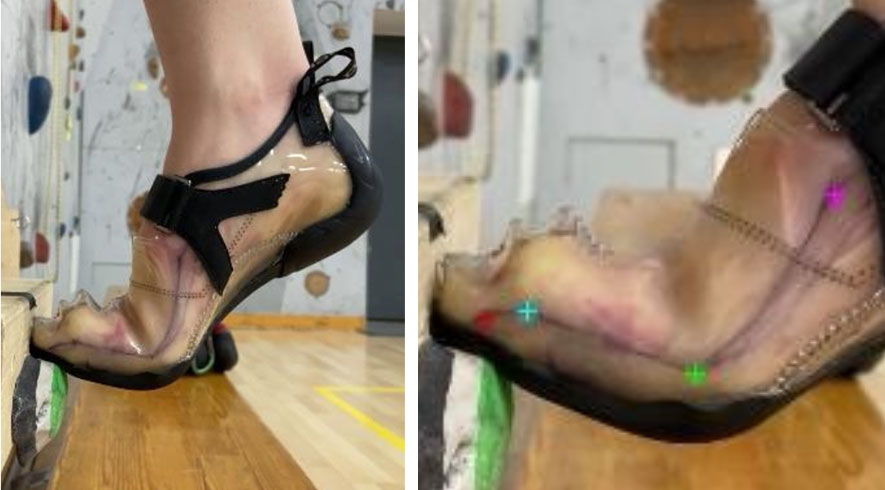
By synchronizing the force measurements with specialized motion-capture software focused on the foot inside the shoe, the researchers were able to understand different phases of unloading and loading of the foot, from the perspective of both the joint angle and the force generated.
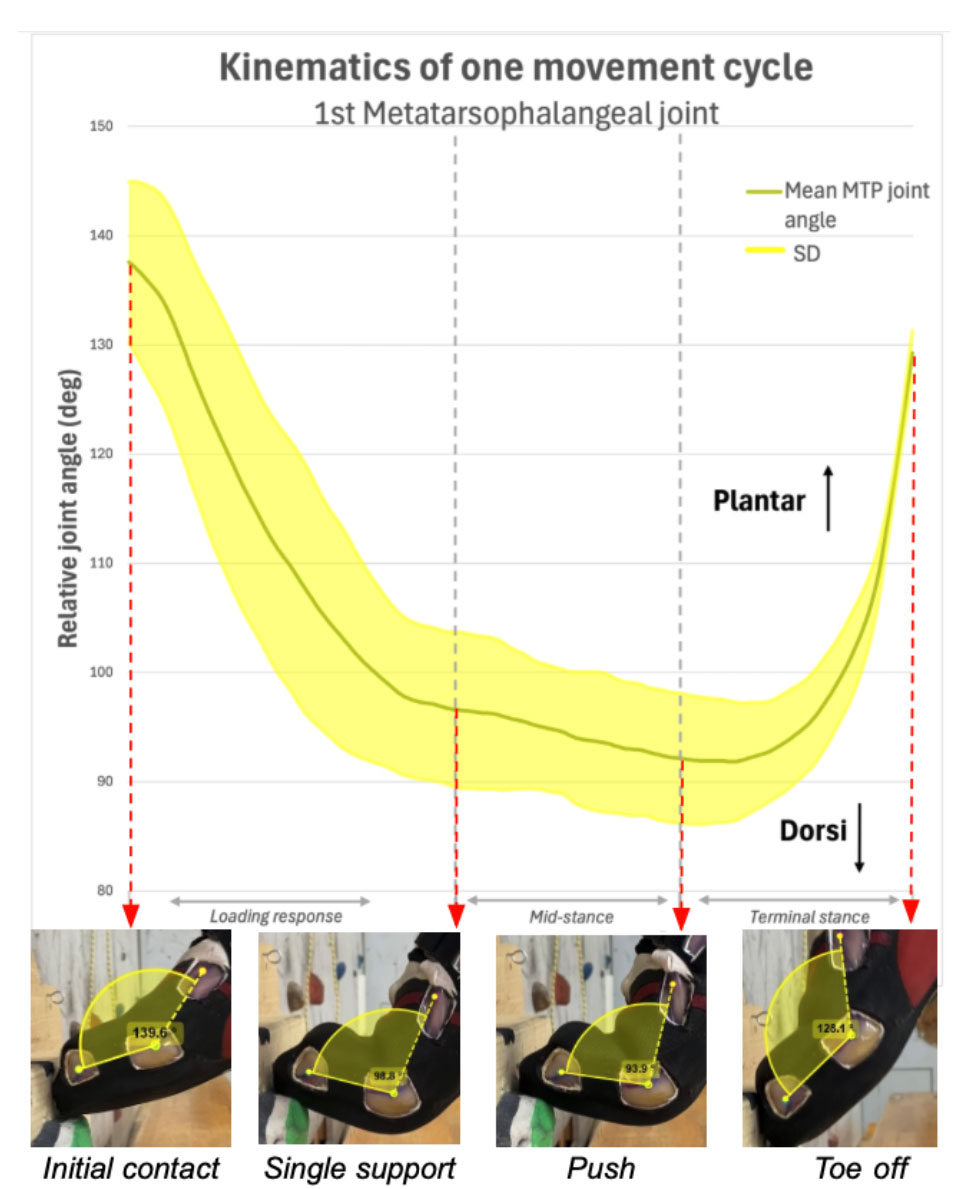
Once the researchers were satisfied that the Motherboard was a suitable tool to use and the test protocol was robust, it was time to gather lots of data. In this study, the researchers focused on just one variable: shoe stiffness. Shoe stiffness is the property that diminishes as a climbing shoe wears out and is a property that varies between different models of shoes. Understanding its impact on the ability to transmit forces effectively through the foot and onto the foothold could lead to a better understanding of proper shoe sizing, choice and design.
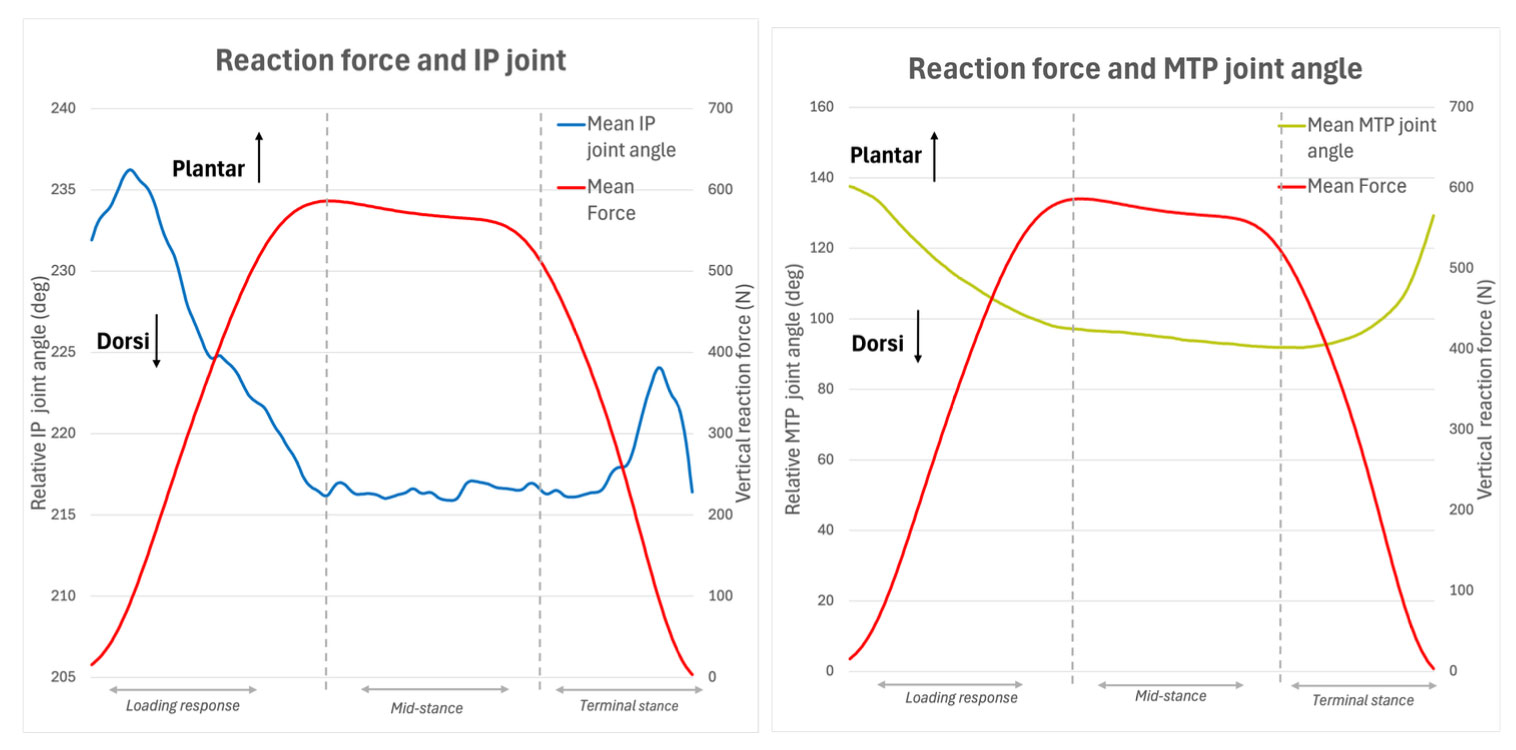
What’s Next: A New Way to Determine Shoe Size and Fit?
This initial study revealed the Motherboard can be a suitable tool for measuring the biomechanics around climbing shoes. This application of the Motherboard is particularly interesting because it opens the doors in multiple directions, with the potential to benefit both consumers and producers in the climbing industry.
For consumers, we could start seeing more advanced “sizing stations” that give users a new way to choose the climbing shoe model and size that suits them best. This kind of tool could help address the size reduction culture around climbing shoe selection. Instead of choosing shoes that may be several sizes too small based on the belief that doing so enhances performance, climbers would have a statistical way to assess how small is actually too small.
For producers, the insights derived from this kind of research could also contribute to more sustainable practices in climbing shoe manufacturing. In being able to better measure the impact that more sustainable materials could have on the performance of a climbing shoe, manufacturers could innovate with more confidence that changes to shoe designs or re-soling approaches wouldn’t reduce performance.
For a full copy of the study, please click here.
This story was paid for by the sponsor and does not necessarily represent the views of the Climbing Business Journal editorial team.

Griptonite is a data-driven climbing software company serving gyms, climbers and brands worldwide. The team focuses on reducing visitor churn, increasing visitation, and designing software tools that reduce the time burden on operational and setting staff. Give Griptonite a try today.




